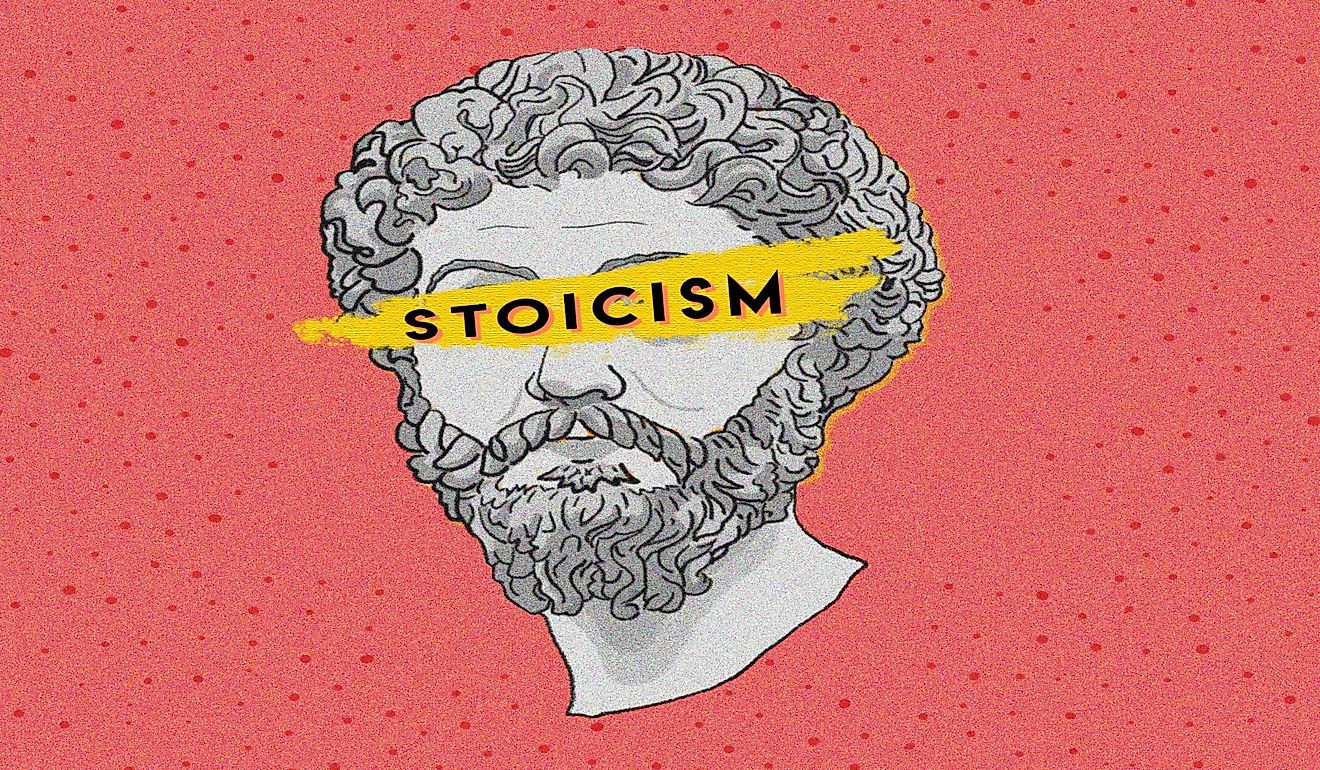What is Life Insurance?

Life insurance is a contract between an insurance company and an insurance policyholder whereby the company promises to pay the designated beneficiary compensation in exchange for a premium upon the death of the policyholder. A premium is paid by the policyholder to the insurance company as a condition to fulfill the contract. Payment is done regularly or in a lump sum. Contracts can fall into two categories; protection policies and investment policies. Protection policies give benefits, usually in form of lump sum payments in case of a specified occurrence. Investment policies are designed to facilitate the growth of capital by regular or singular premiums. Terminal or critical illness can trigger a payment to the beneficiary. The insurer can withhold payment if there is fraud on the part of the insurance holder, death by suicide, war or riots and civil disturbances.
History of Life Insurance
Ancient Rome bears the earliest examples of a form of life insurance policy. Romans formed burial clubs that would cover the expenses of burials and assist the family of the deceased financially. The Amicable Society for a Perpetual Assurance Office was the first company to deal with the insurance business. It was formed in 1706 by William Talbot and Sir Thomas Allen. The company offered life insurance to its members who were between the ages of 12 to 55. The sale of life insurance policies in the United States began in the 1760s by the Presbyterian Synods in New York and Philadelphia. The Corporation for Relief of Poor and Distressed Widows and Children of Presbyterian Ministers offered insurance after it was formed in 1759. In the aftermath of the Battle of the Little Big Horn, the American military formed its own life insurance policy schemes to prevent its former servicemen’s families from being destitute in case of the death of the soldiers.
Life Insurance Today
Today, more and more people are buying life insurance, encouraging growth and competitiveness within the industry. The US has the world’s largest life insurance in gross written premiums, and in 2014, it accounted for 26.8% of the world’s gross written premiums. In 2014 around 180 million American citizens had at least one form of life insurance policy. MetLife Inc., which is the largest life insurance company in the US, operates in more than 60 countries in the world with more than 90 million customers.
How Life Insurance Policies Work
The person interested in taking a life insurance policy becomes the insured and the owner of that policy if he or she pays it alone. If another person pays premiums for him or her, that person becomes the guarantor and the person becomes the insured. Life insurance contracts become null and void under circumstances the insurance company gives out in the contract. Premiums to be paid are calculated at a level sufficient to ensure claims are funded, cover administrative costs, and earn the insurance company profit. Actuaries are contracted by the insurance company to assess the applicant using mortality tables before underwriting the policy. Premiums are paid according to the age of the applicant since a person is more likely to die as they grow older. Investigations on the applicant’s history and background, including their family and medical history among others, is properly done. Upon the death of the insured person, the insurance company is given proof of the death through signed death certificates which are the minimum requirements for the claim to be paid. Sometimes the insurance company has to investigate the cause of death if the payout is huge and if there is foul play suspected.







